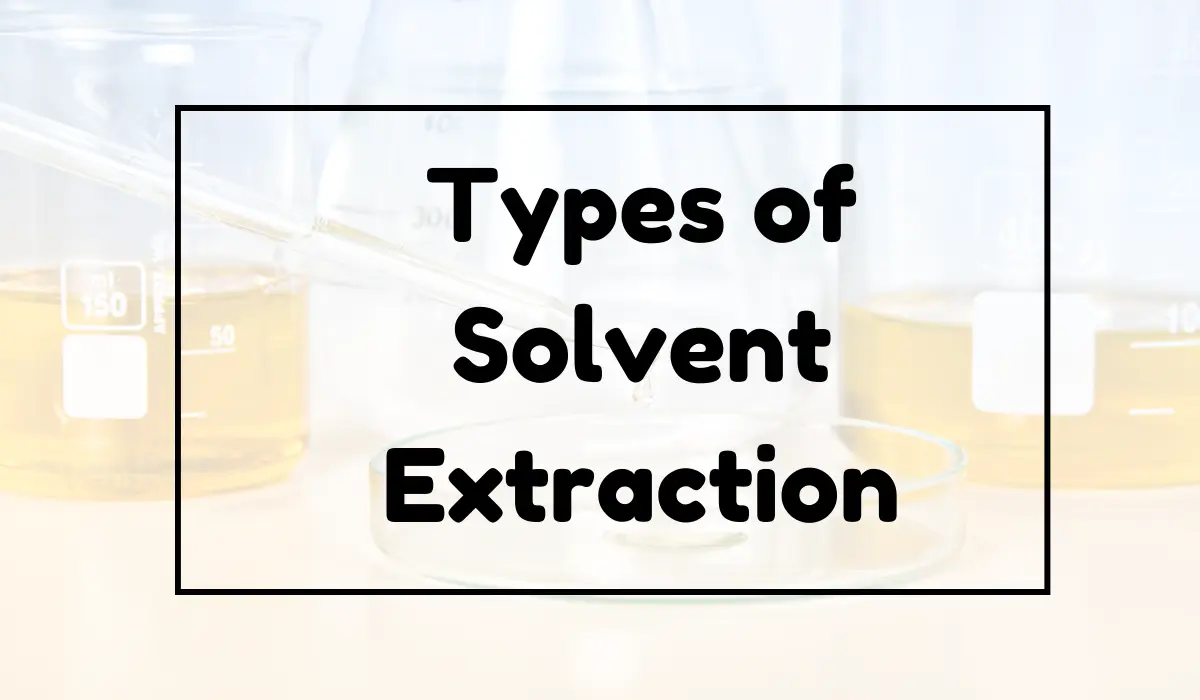10 examples of sublimation
Sublimation is a process in which a solid substance directly converts into a gas without passing through the liquid phase. This physical change is a fascinating phenomenon that can be observed in many everyday substances.
Here are 10 examples of sublimation:
1. Dry Ice
Dry ice is a common example of sublimation. It is solid carbon dioxide that sublimes at a temperature of -78.5 degrees Celsius. When dry ice is exposed to air, it sublimes into carbon dioxide gas, without ever becoming a liquid. This is why you might see “smoke” or “fog” coming off of dry ice – it’s actually carbon dioxide gas.
2. Mothballs
Mothballs are solid balls of a chemical compound called naphthalene, which sublimes at room temperature. Over time, the mothballs will slowly shrink as naphthalene molecules sublimate into the air.
3. Snow
Certain types of snow, such as “dry” snow that doesn’t stick together very well, can undergo sublimation. In dry conditions, the snow can slowly disappear as the solid water molecules transition directly to water vapor.
4. Camphor
Camphor is a white crystalline substance that is commonly used in medicines and insecticides. When exposed to air, camphor sublimes, releasing a strong odor.
5. Iodine
Iodine is a dark, crystalline substance that sublimes at room temperature. It is often used in chemistry experiments to test for the presence of starch.
6. Solid Air Fresheners
Some types of air fresheners are solid substances that slowly release a fragrance through sublimation. Over time, the solid material will shrink as the fragrance molecules transition to gas.
7. Dry Desiccants
Desiccants are substances that absorb moisture from the air. Some desiccants are solid materials that undergo sublimation when exposed to moisture. For example, silica gel beads can absorb water vapor until they become saturated. At that point, they can be dried by sublimation in a warm oven.
8. Freeze-dried Food
Freeze drying is a process used to preserve food. In this process, the food is first frozen and then placed in a vacuum chamber. The pressure is reduced, and heat is applied, causing the frozen water molecules to transition directly to water vapor through sublimation. This removes the moisture from the food, allowing it to be stored for a long time without spoiling.
9. Ink
Some types of ink can be used in printers to create images or text. These inks can undergo sublimation when heated, transitioning from a solid state to a gas state. This process is used in some types of dye-sublimation printers.
10. Air Conditioning
Air conditioning units use a refrigerant to cool the air. The refrigerant is a substance that can undergo sublimation when exposed to heat. When the refrigerant absorbs heat from the air, it sublimes from a liquid to a gas, removing heat from the air in the process.

 written by
written by 





Leave a Reply